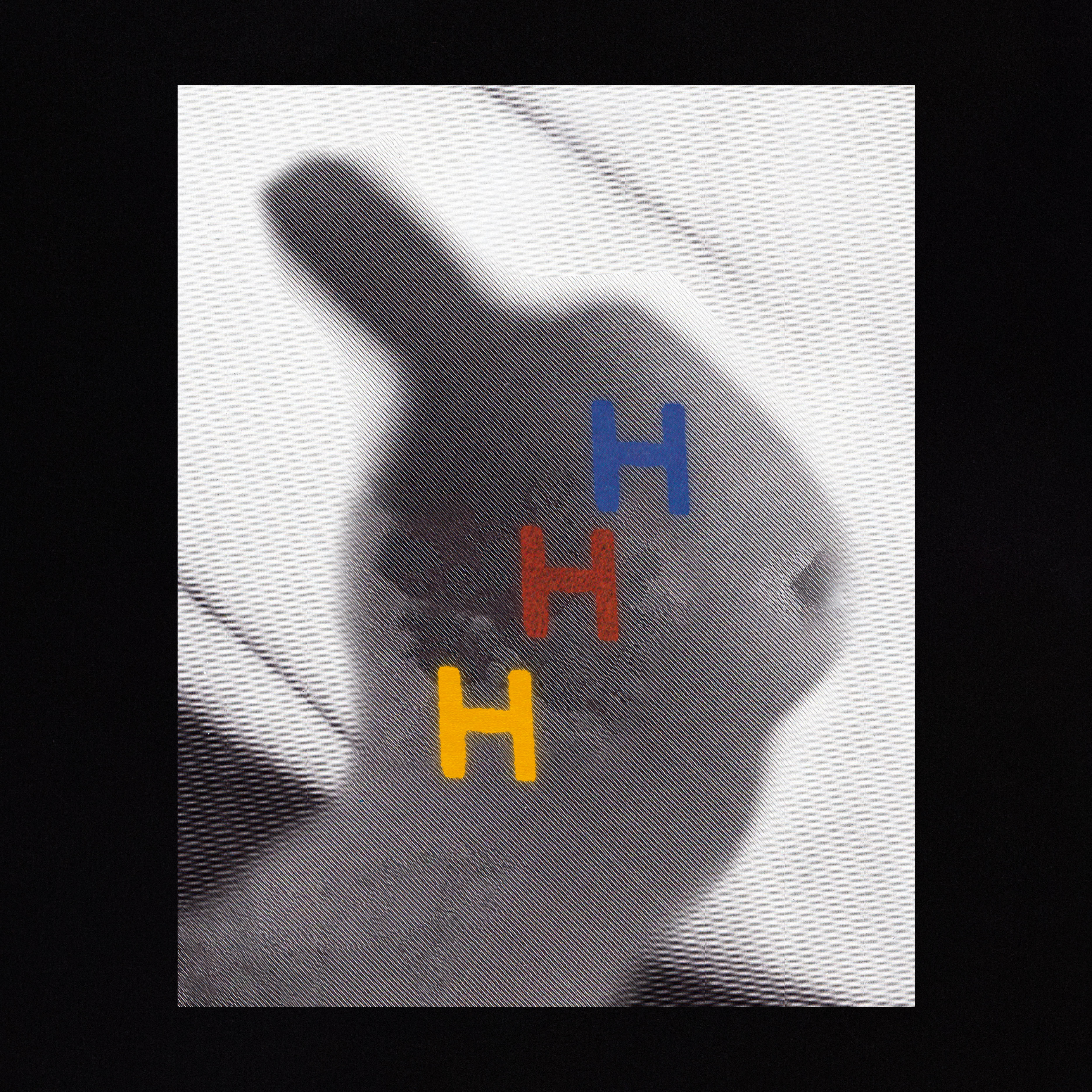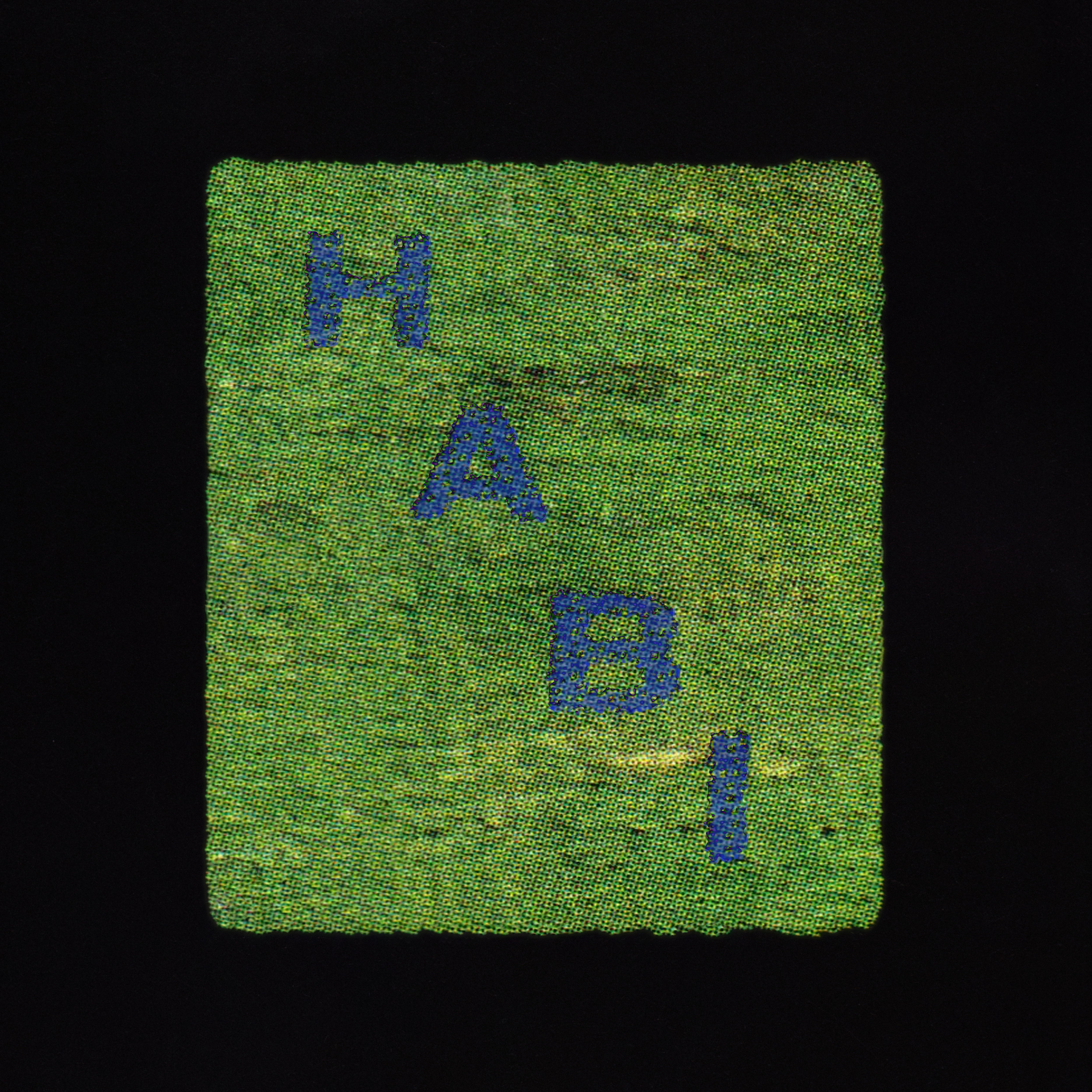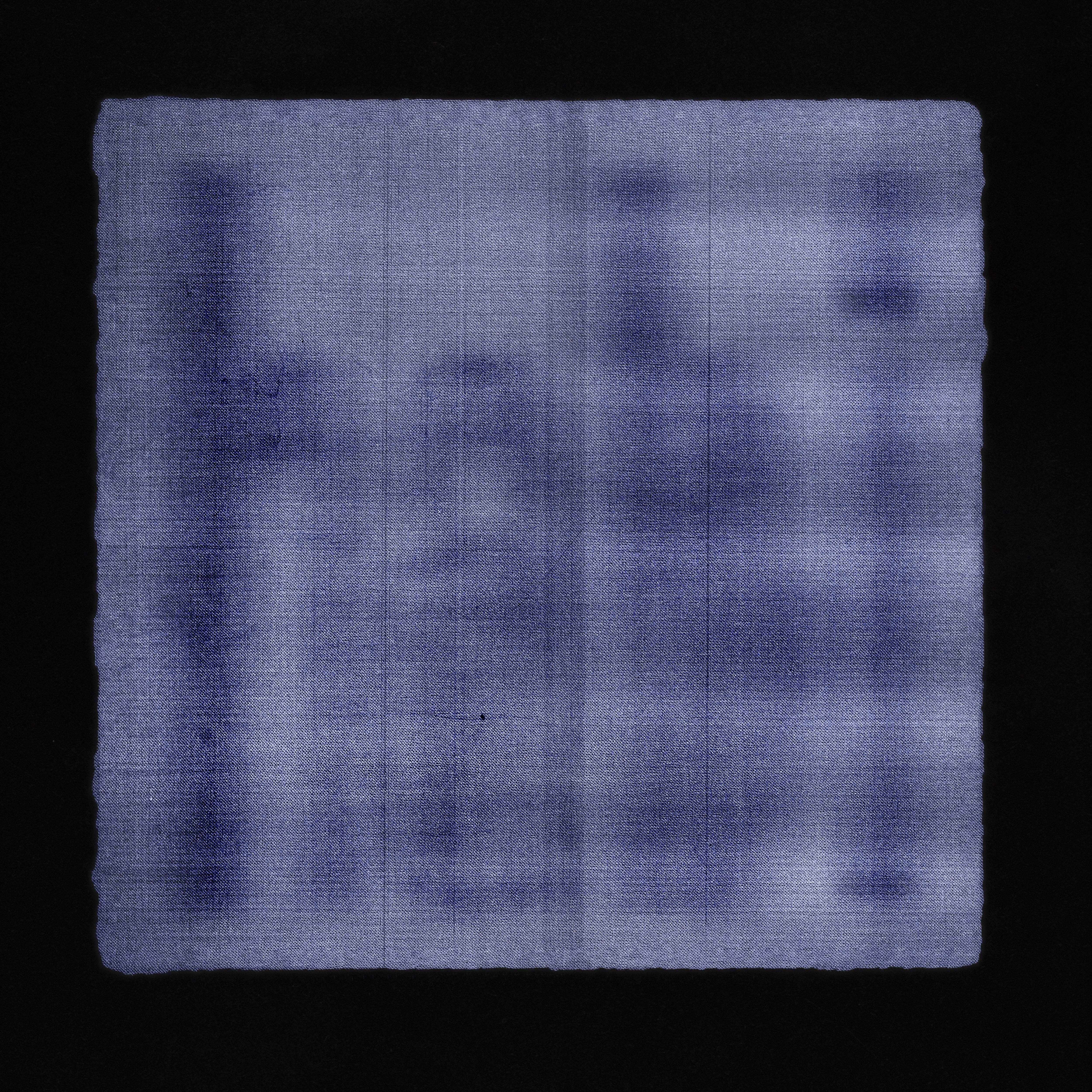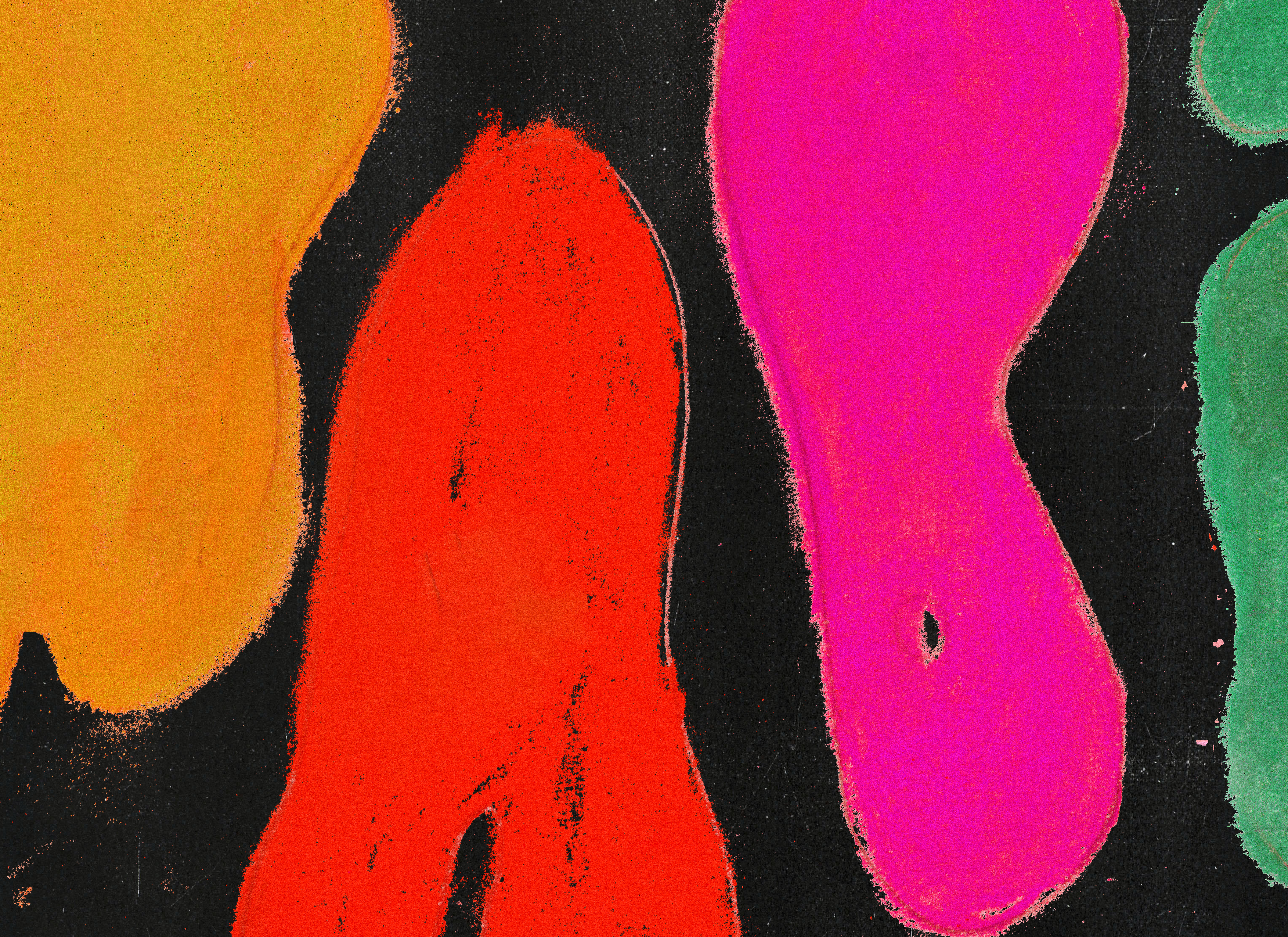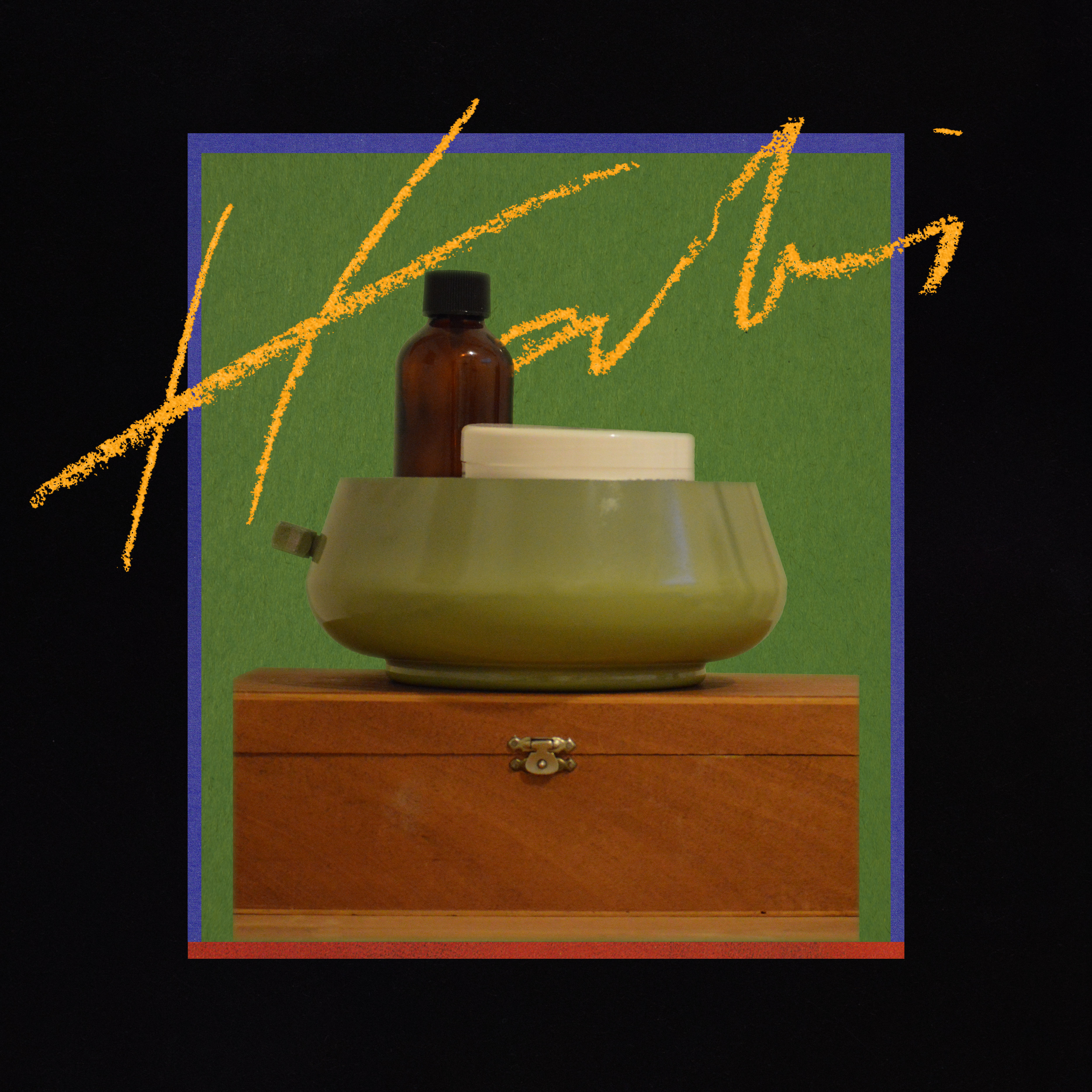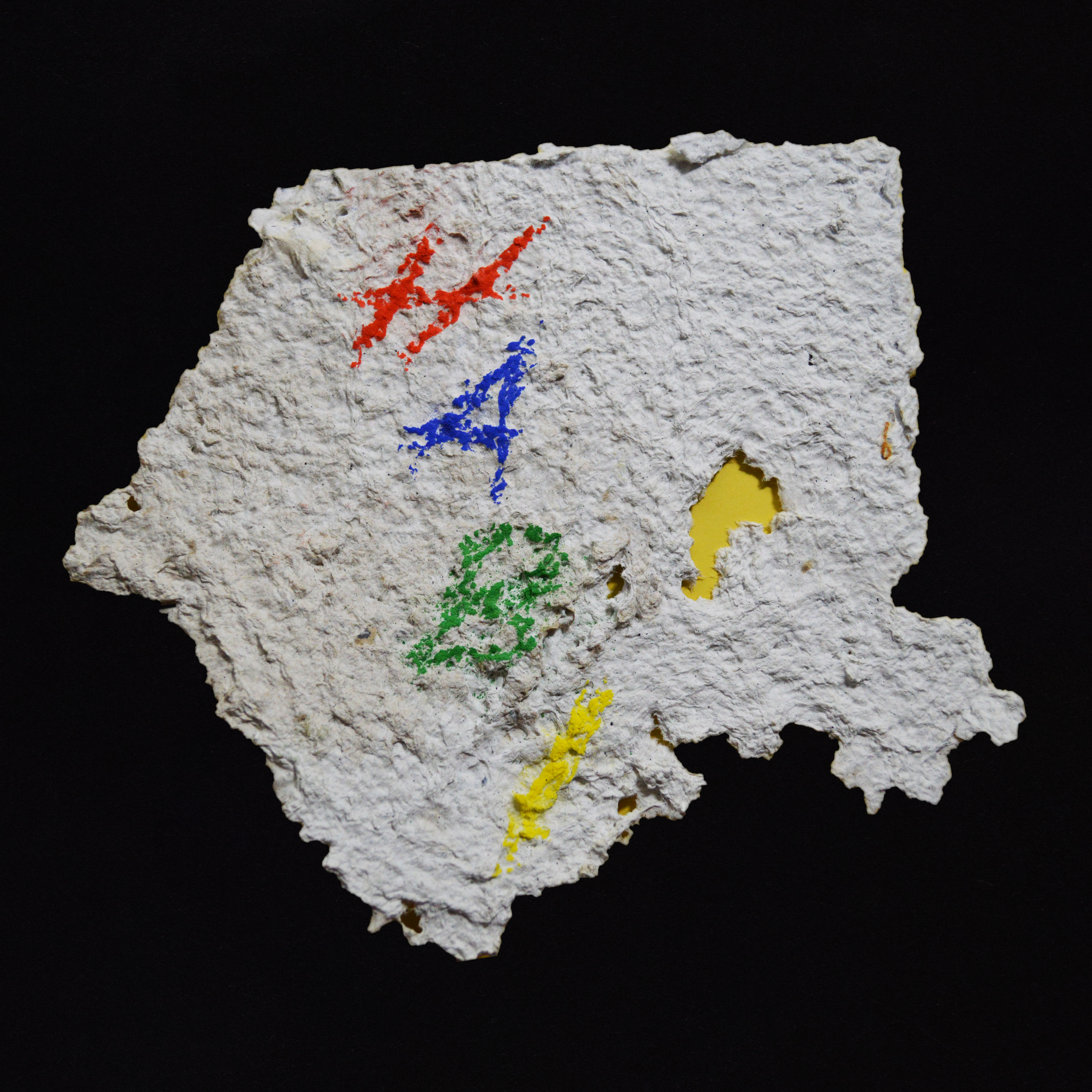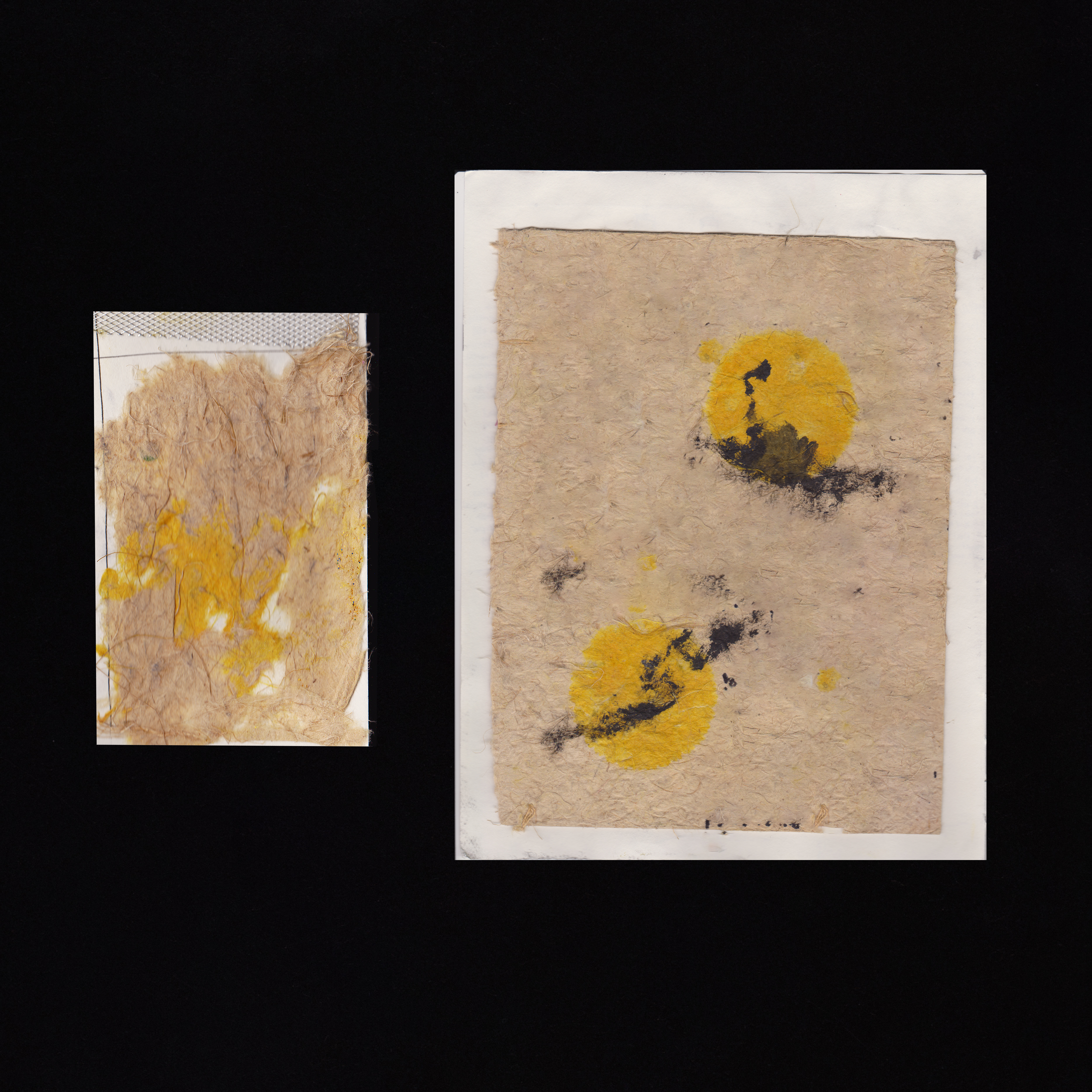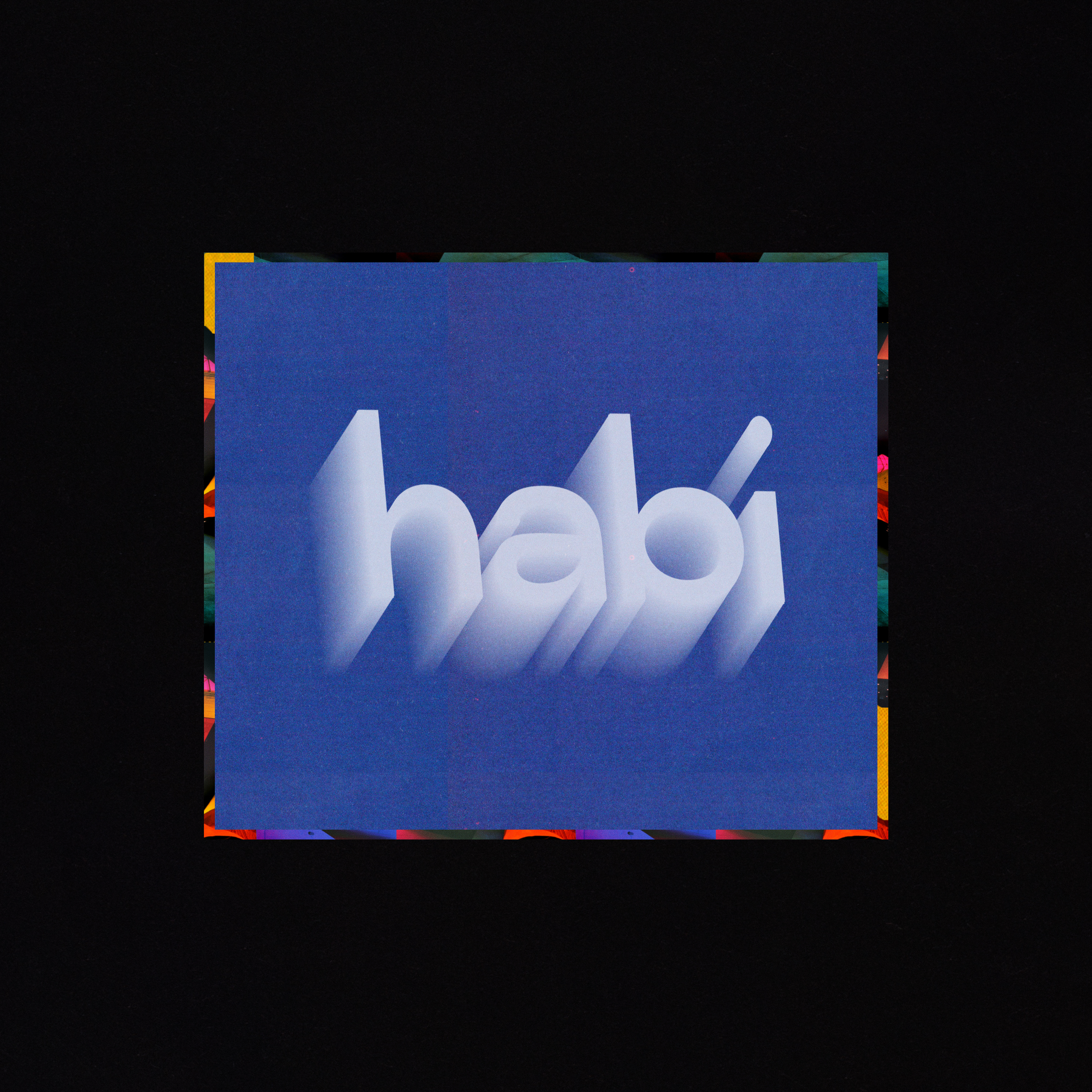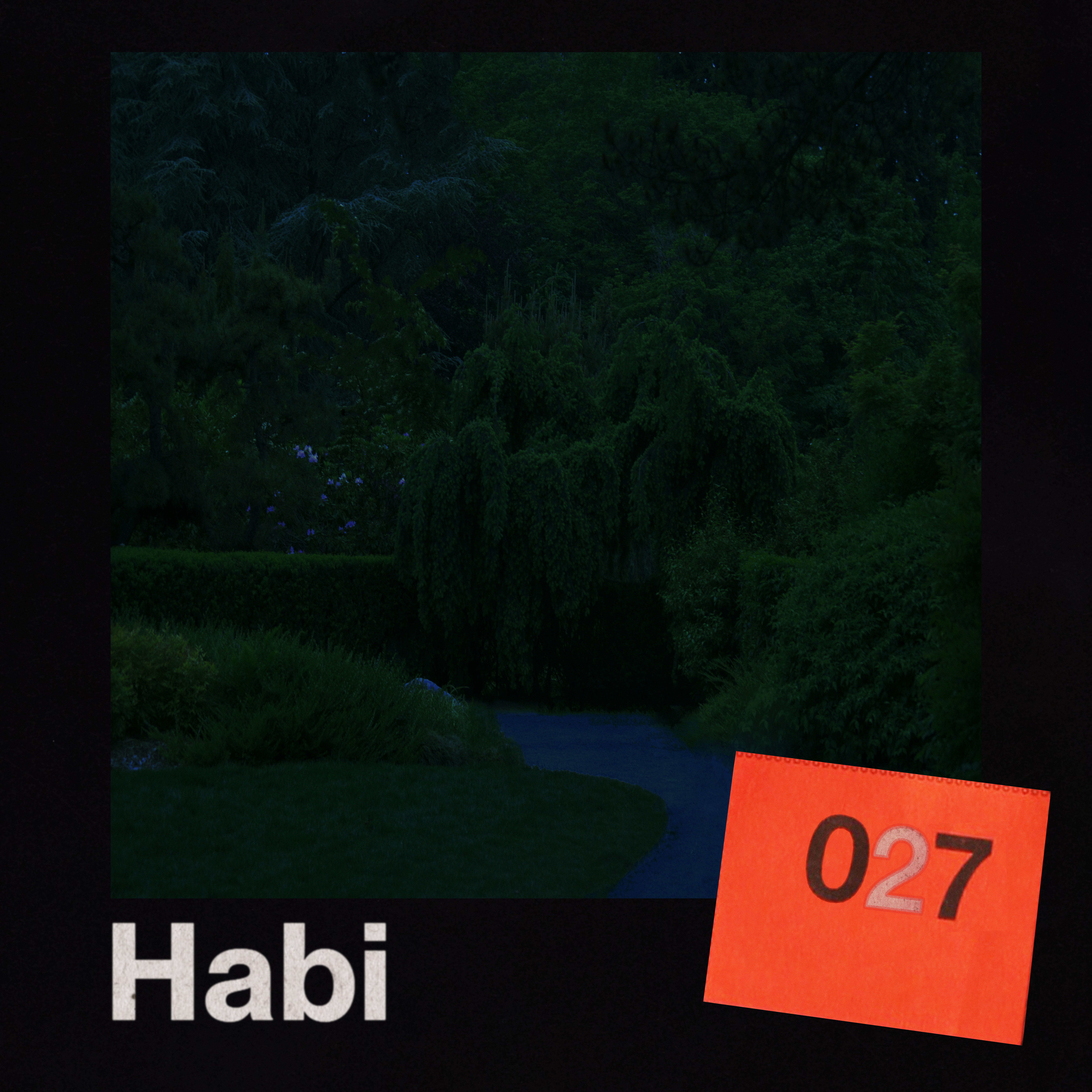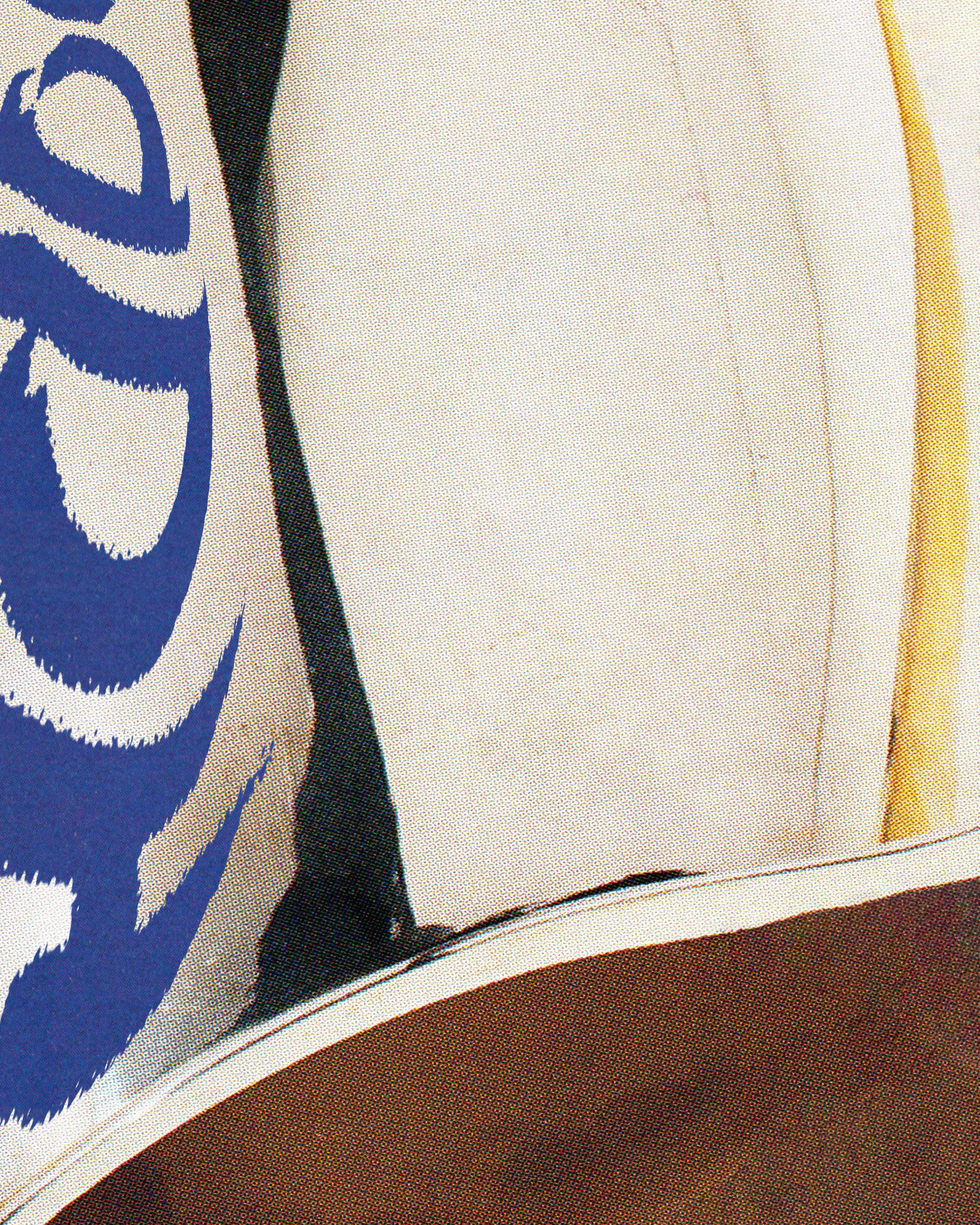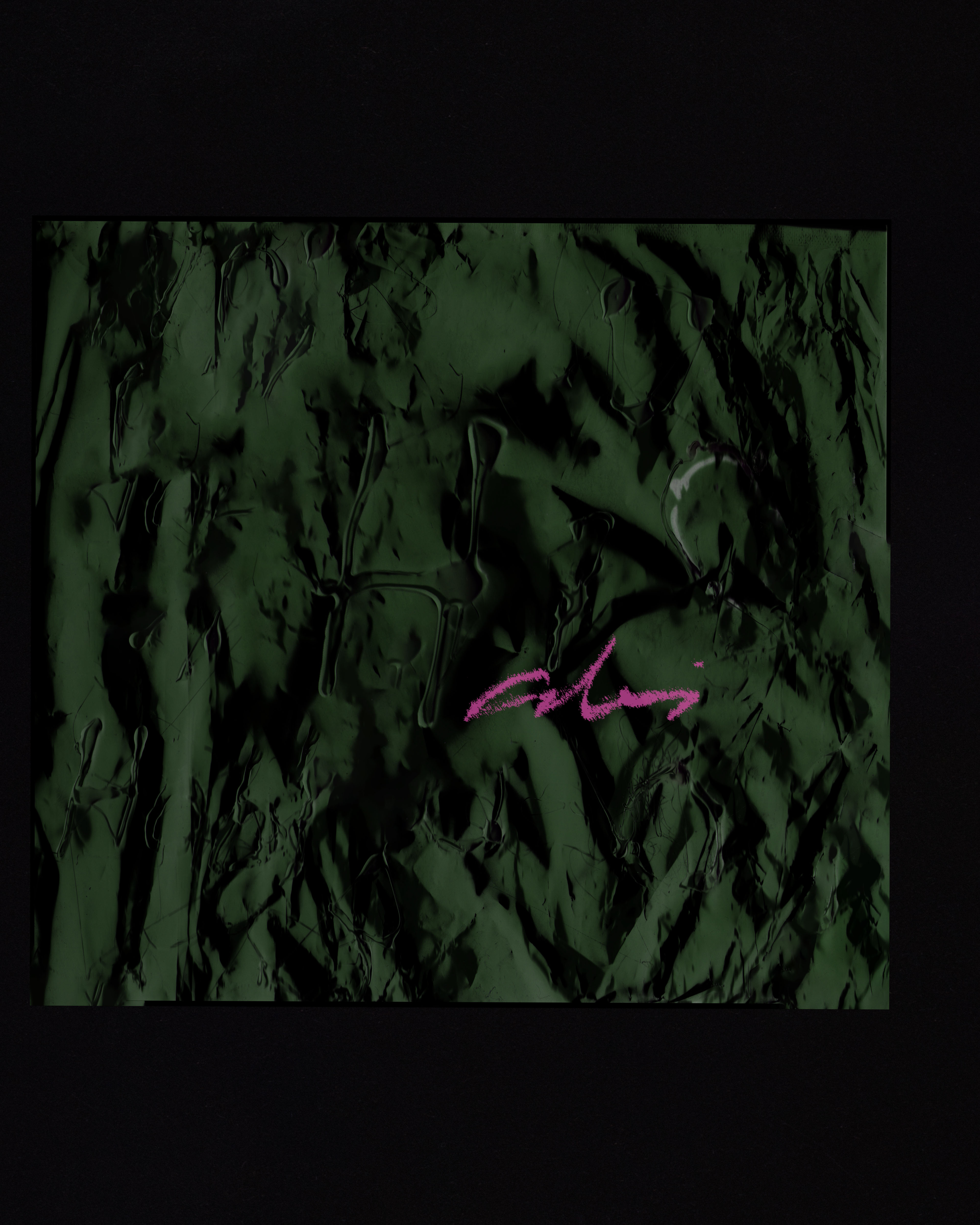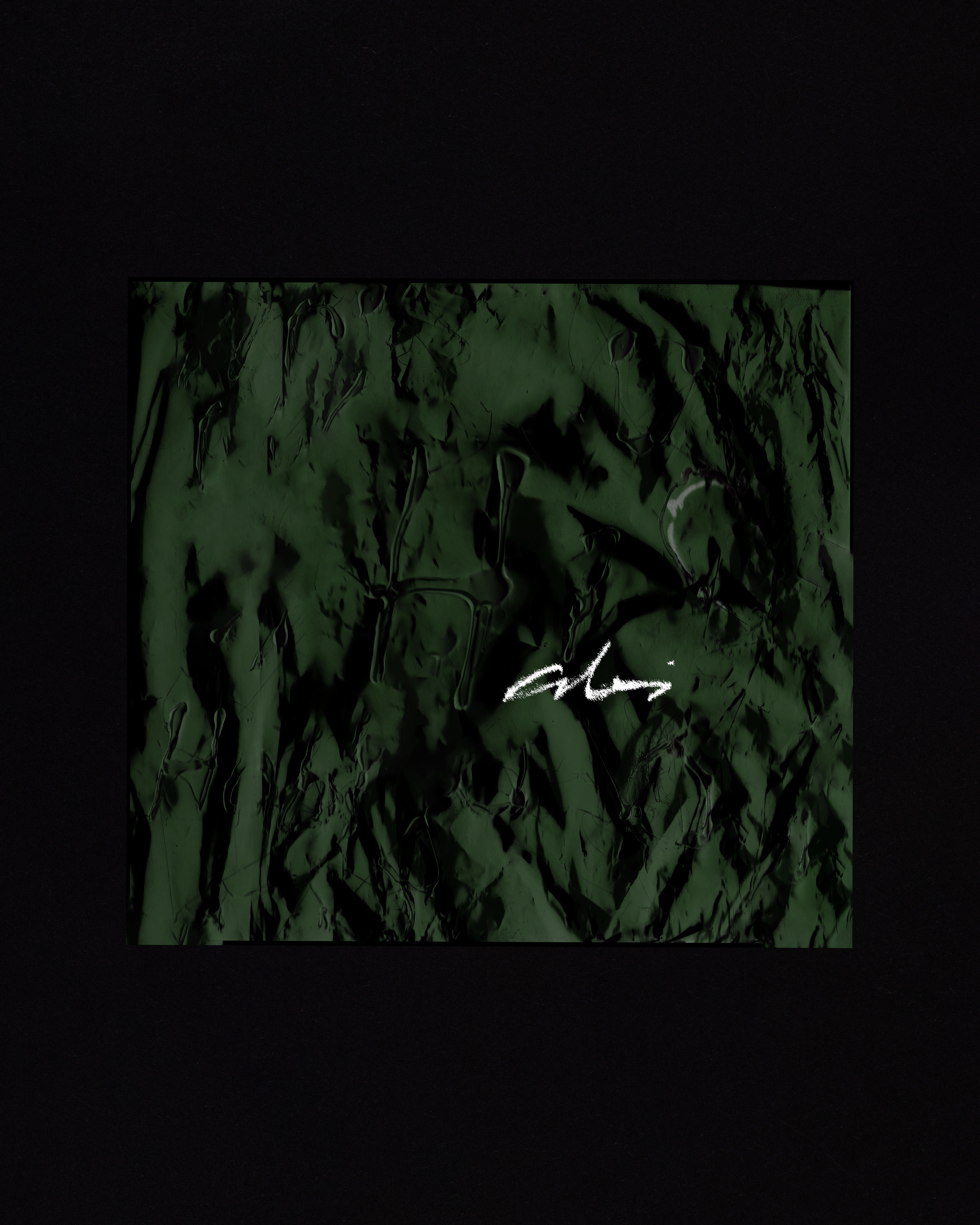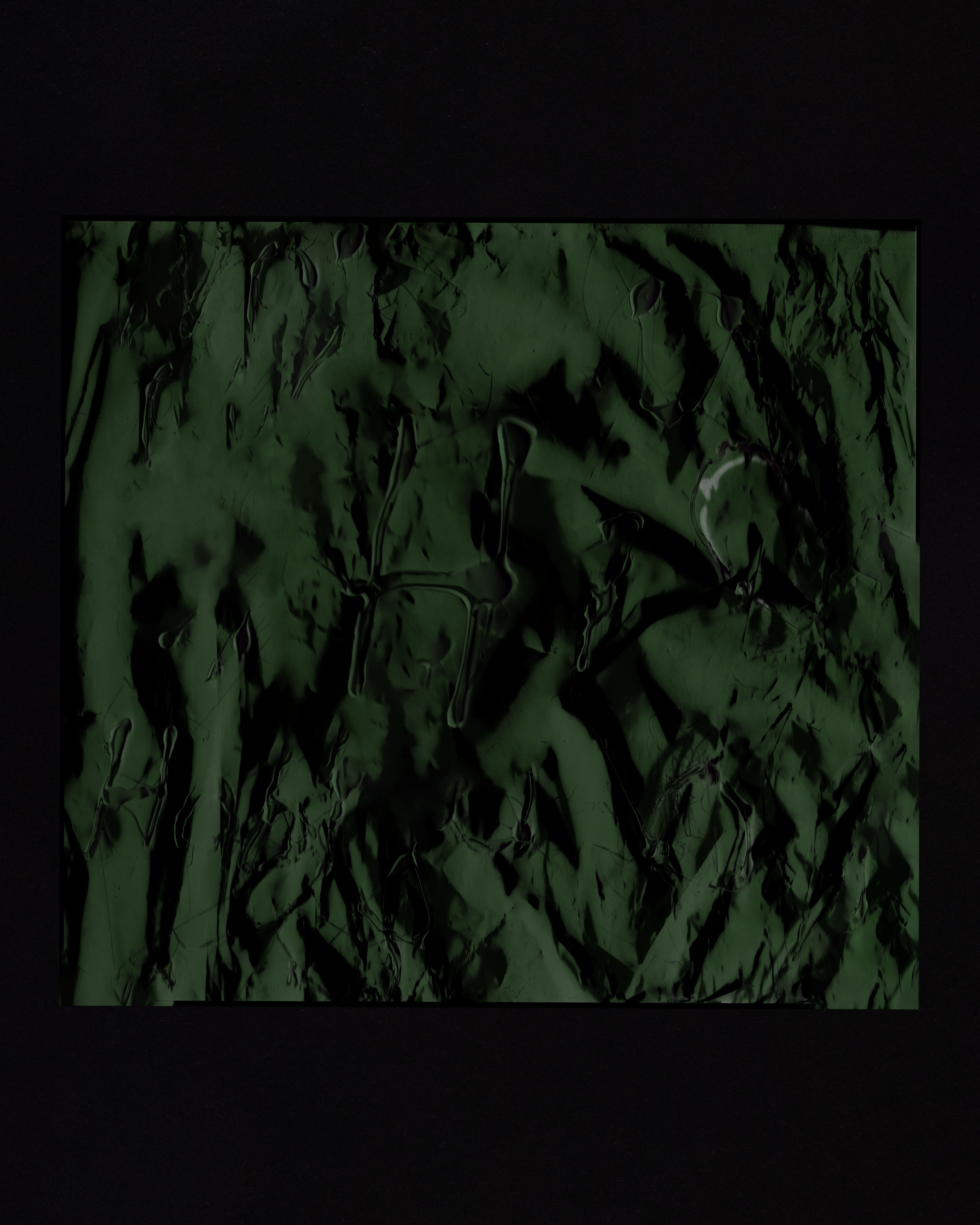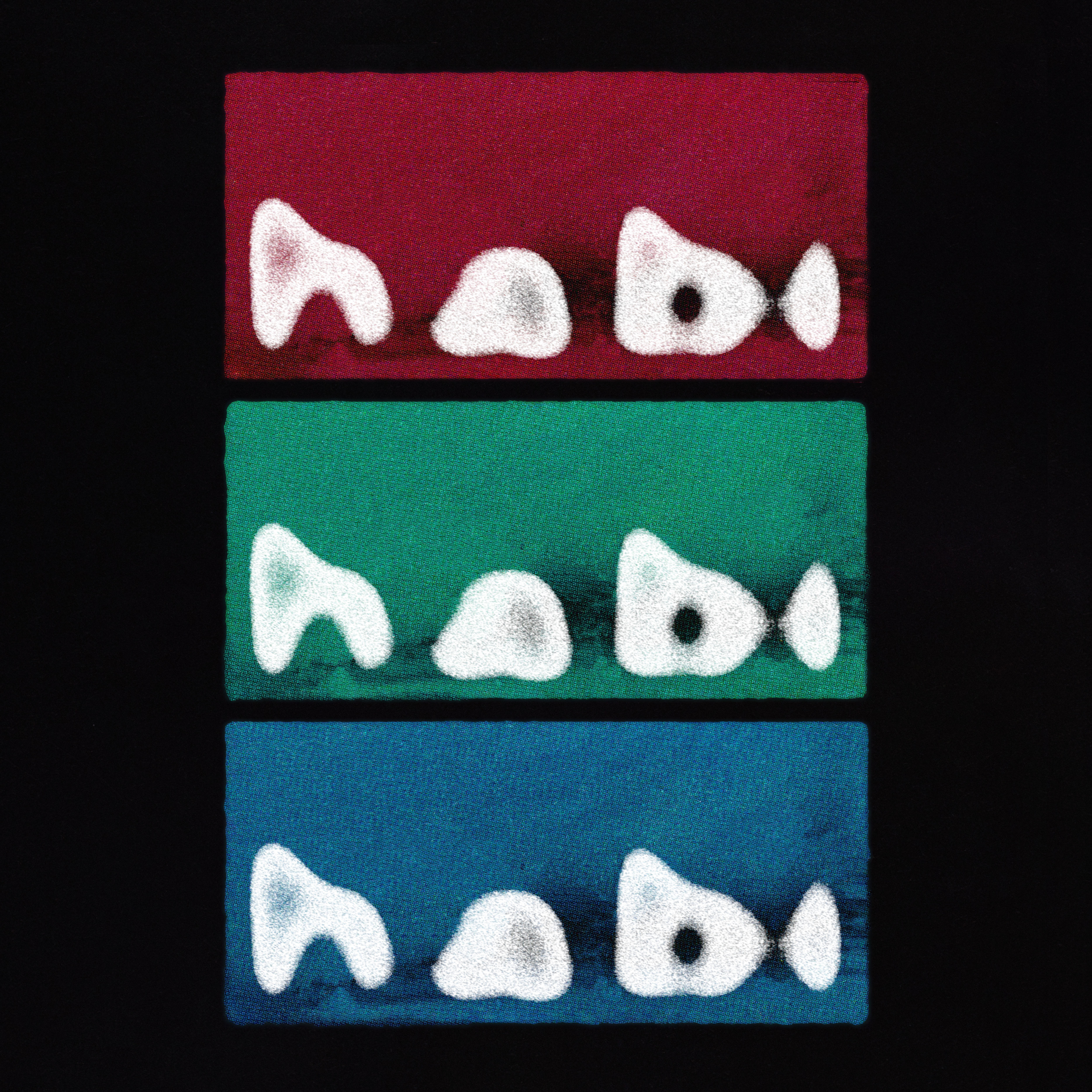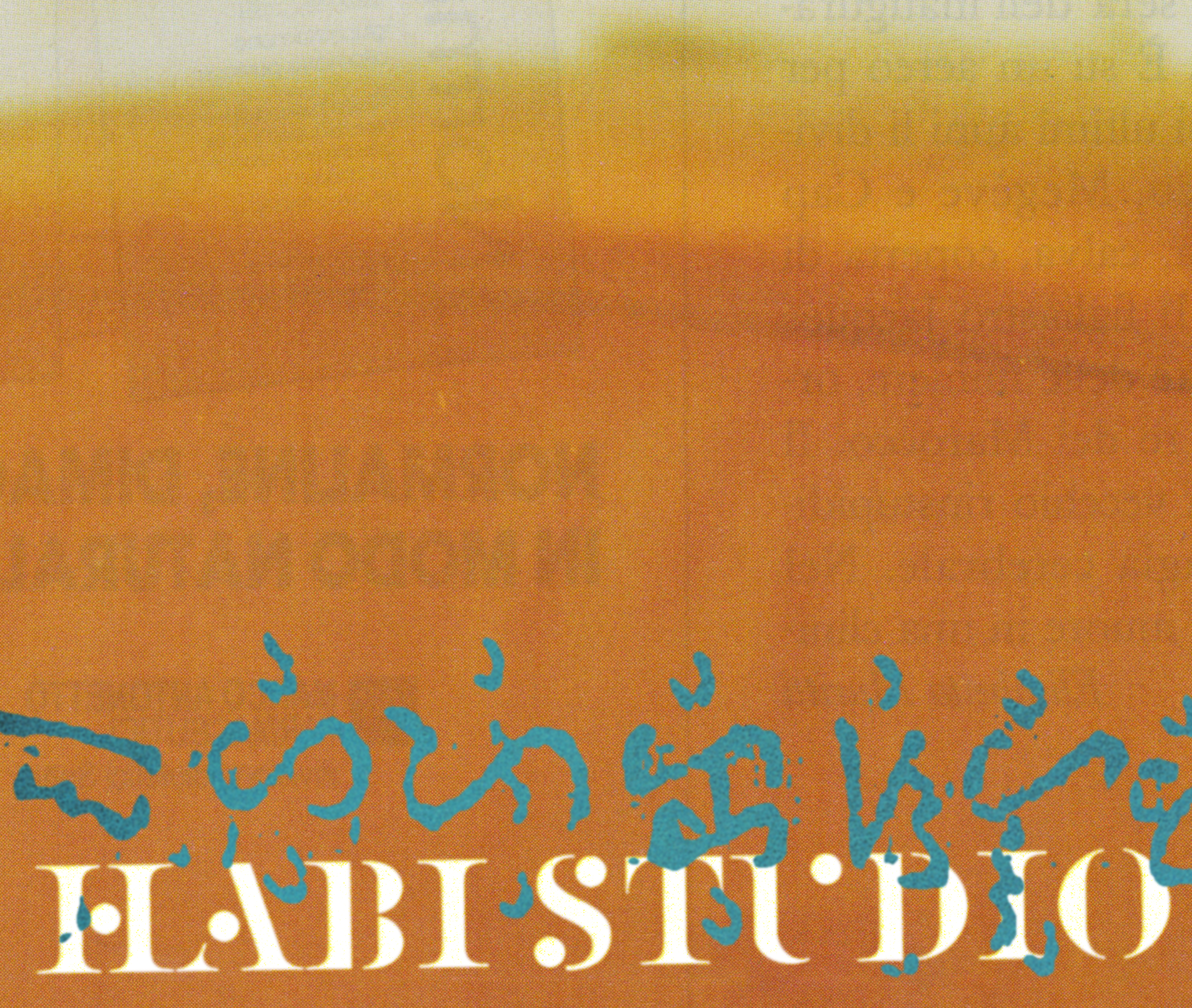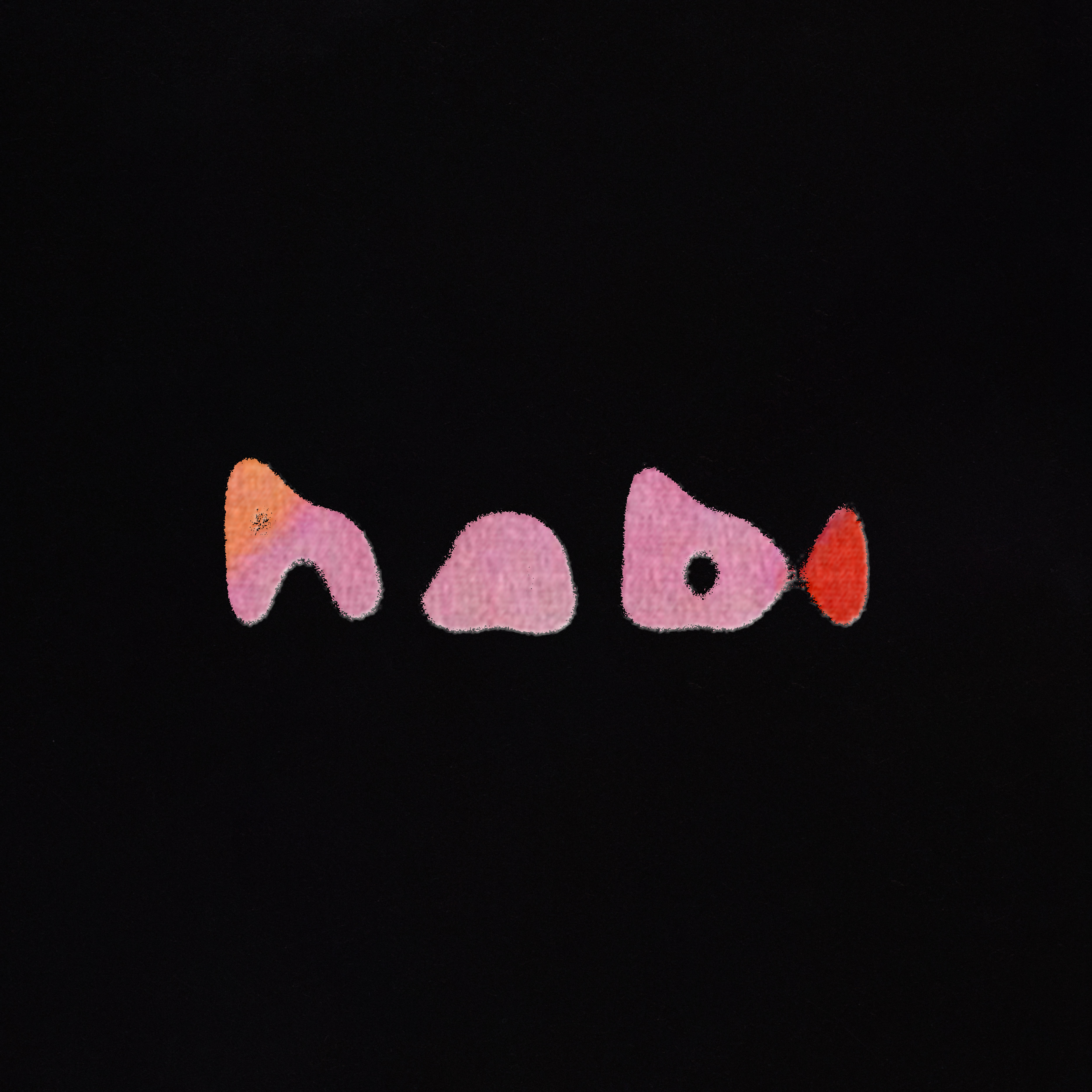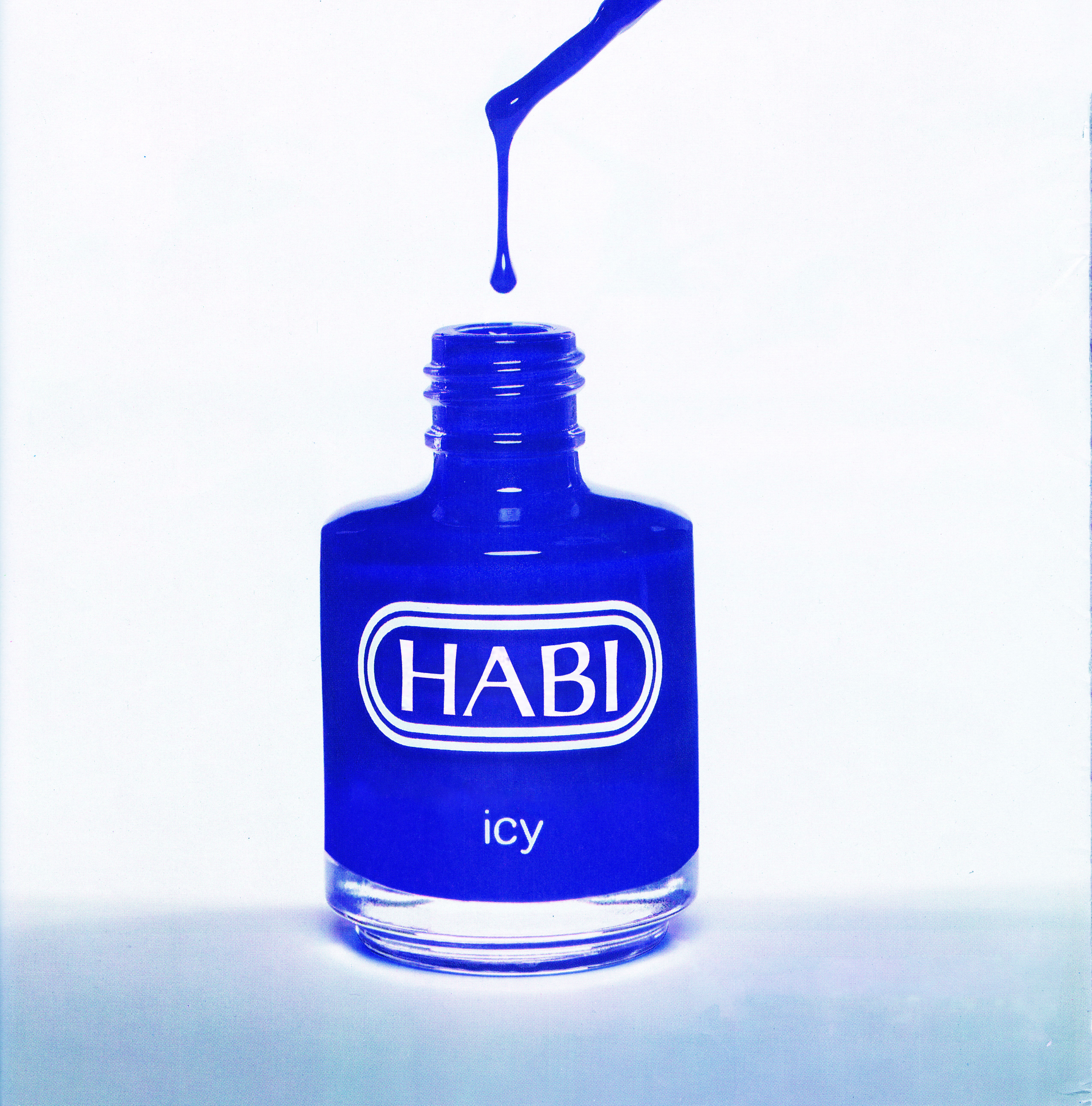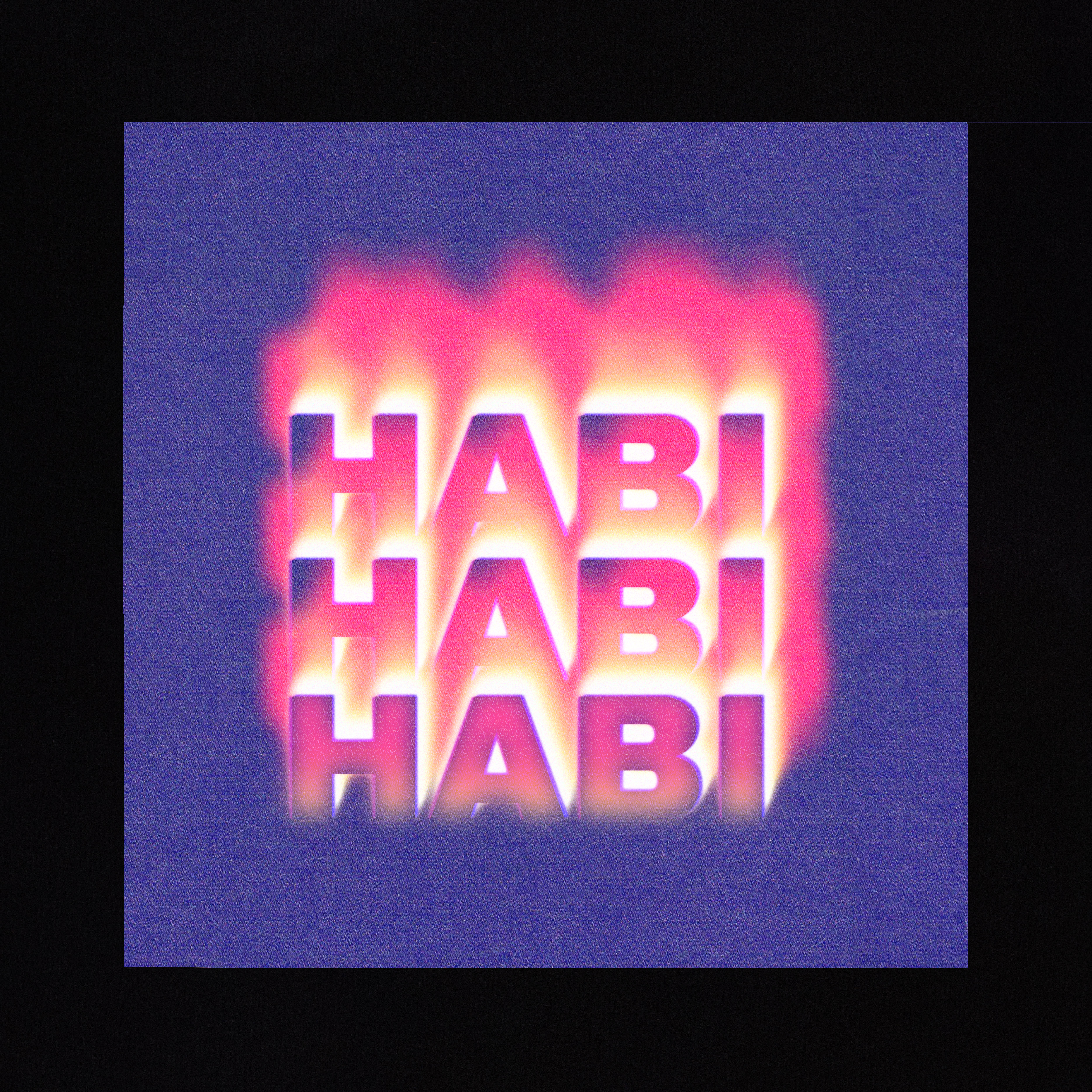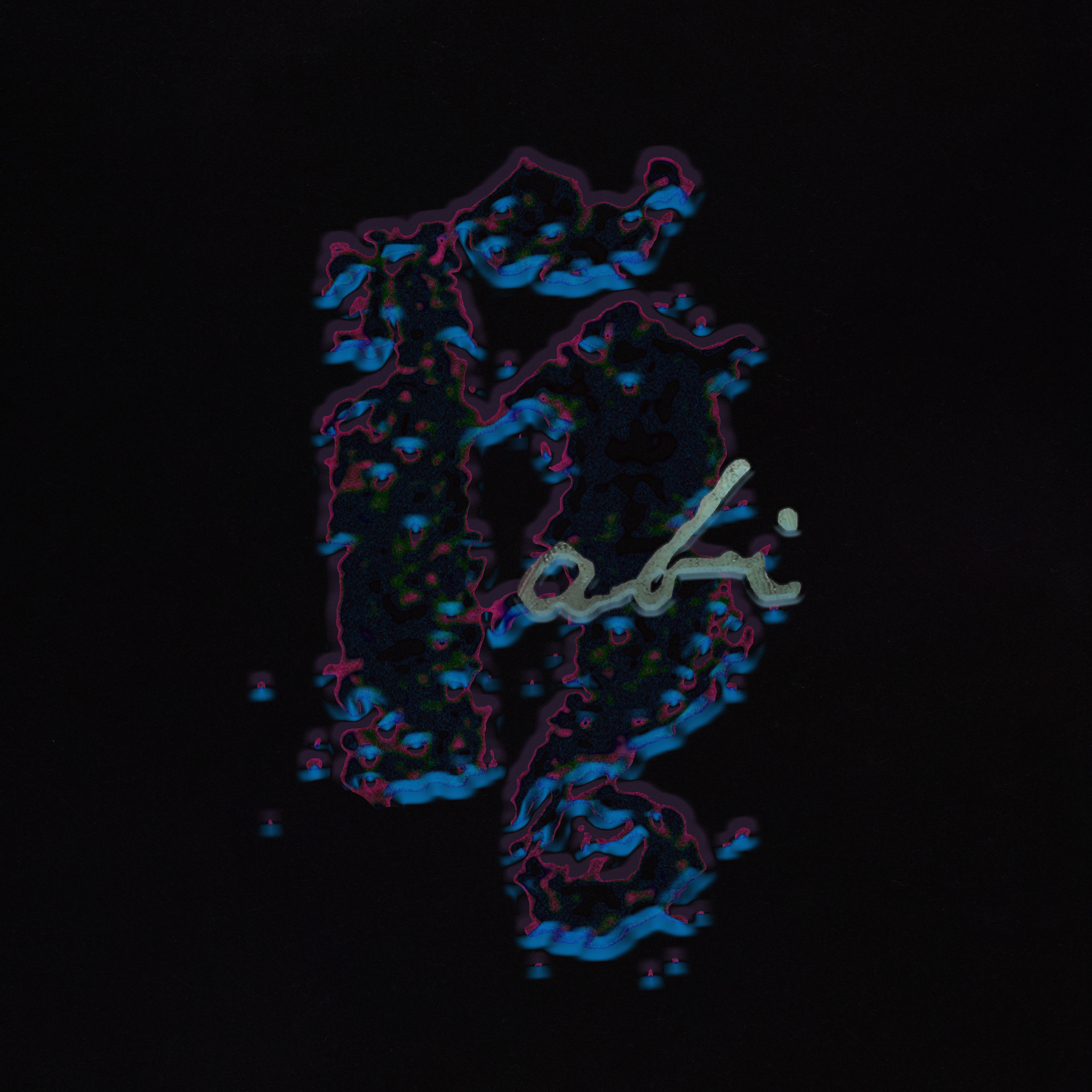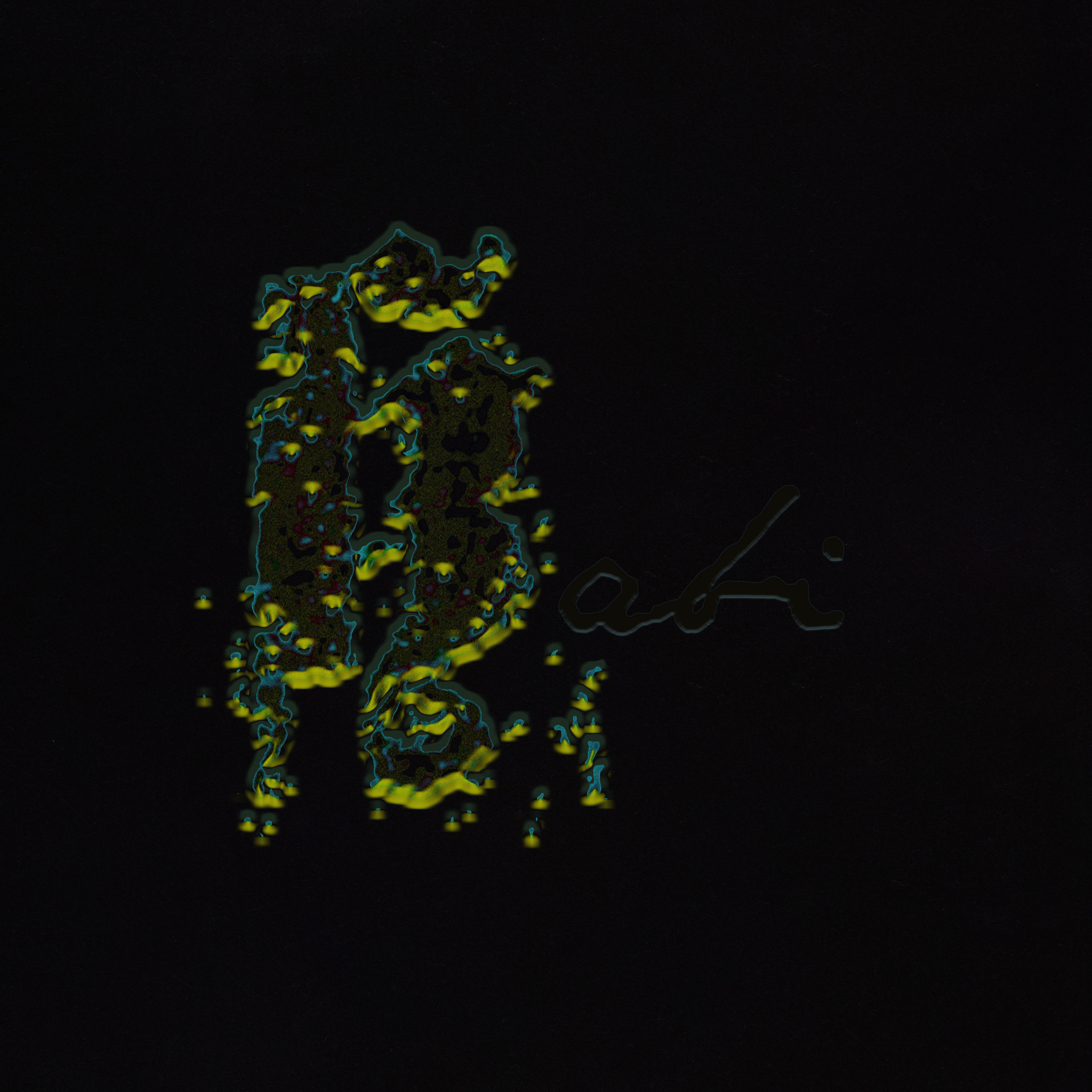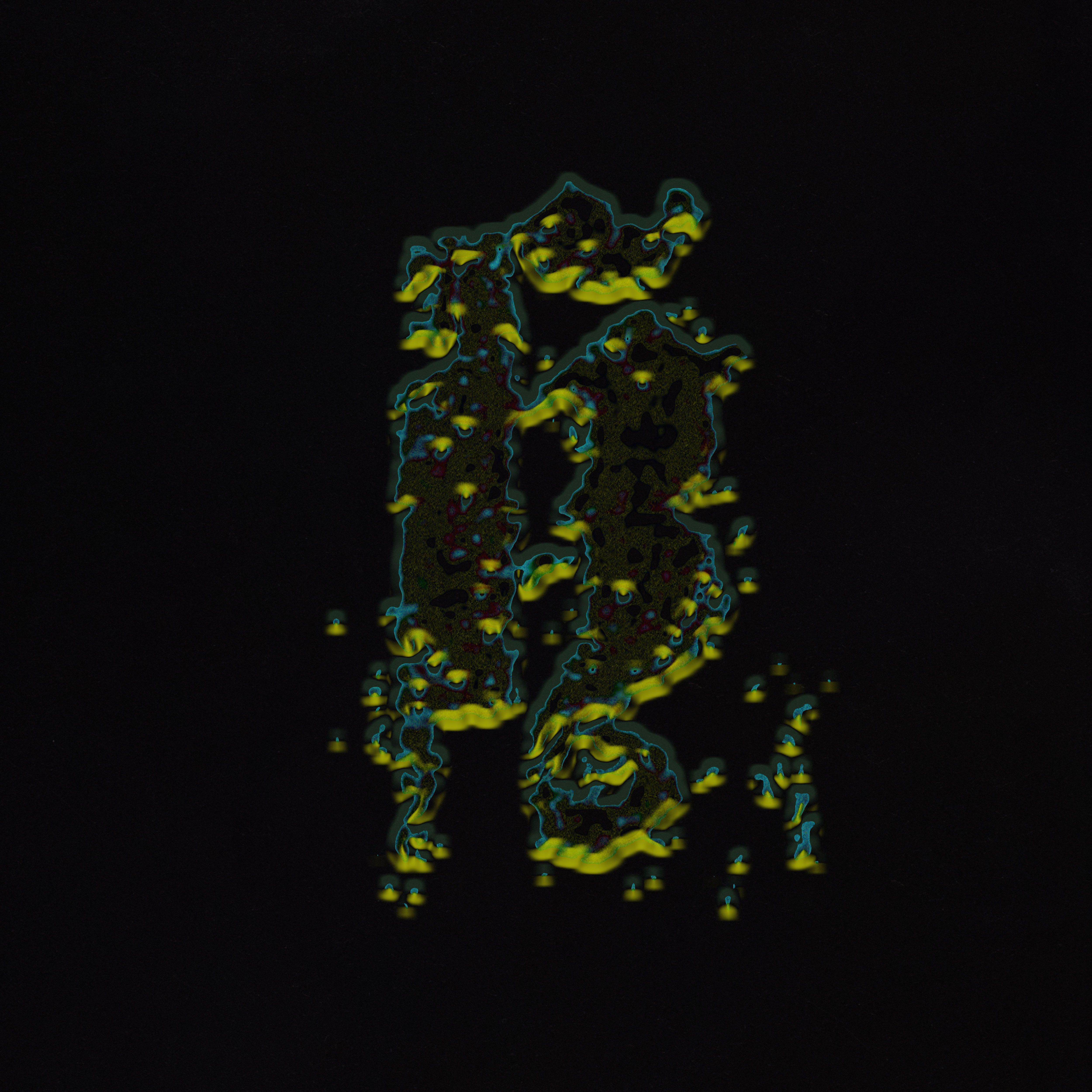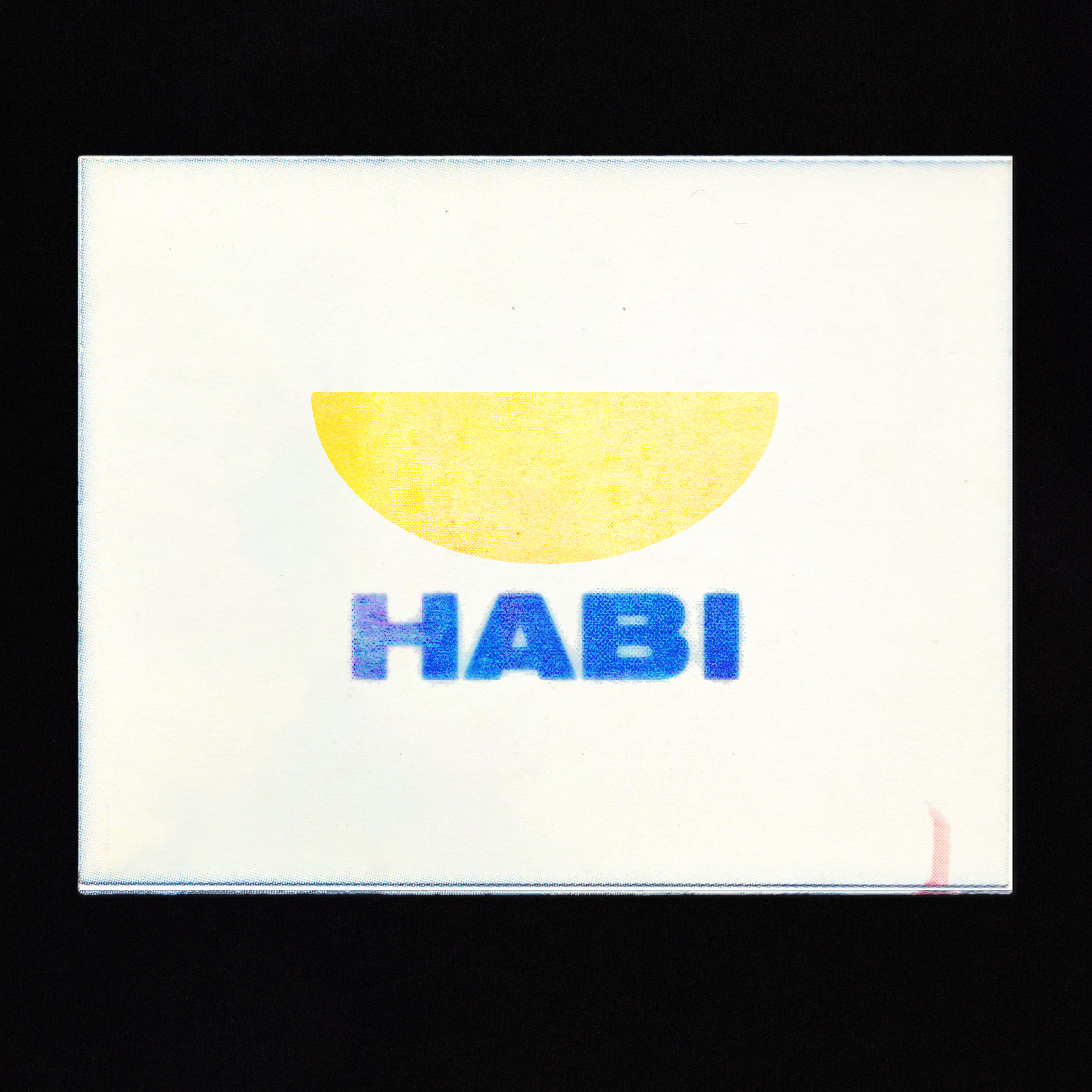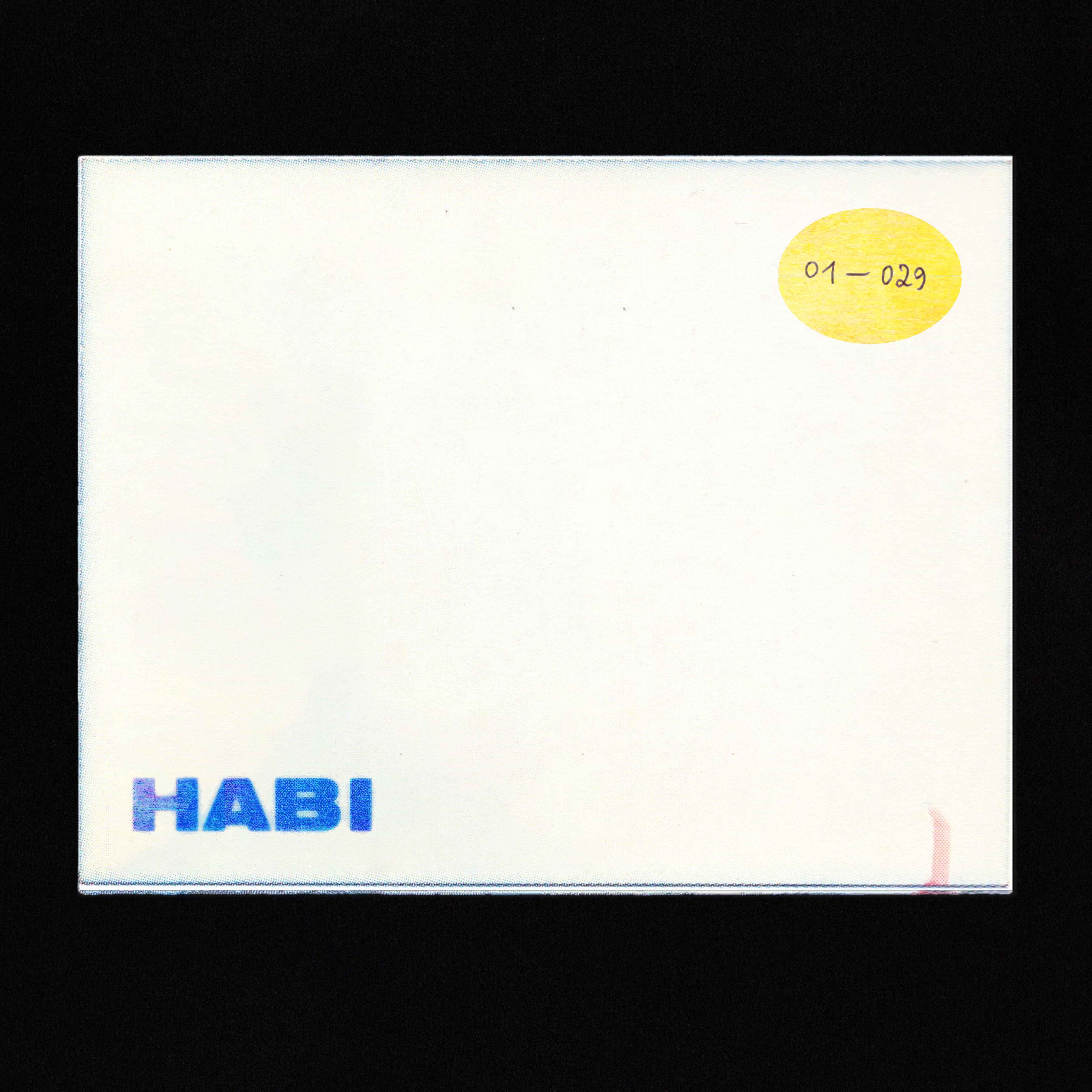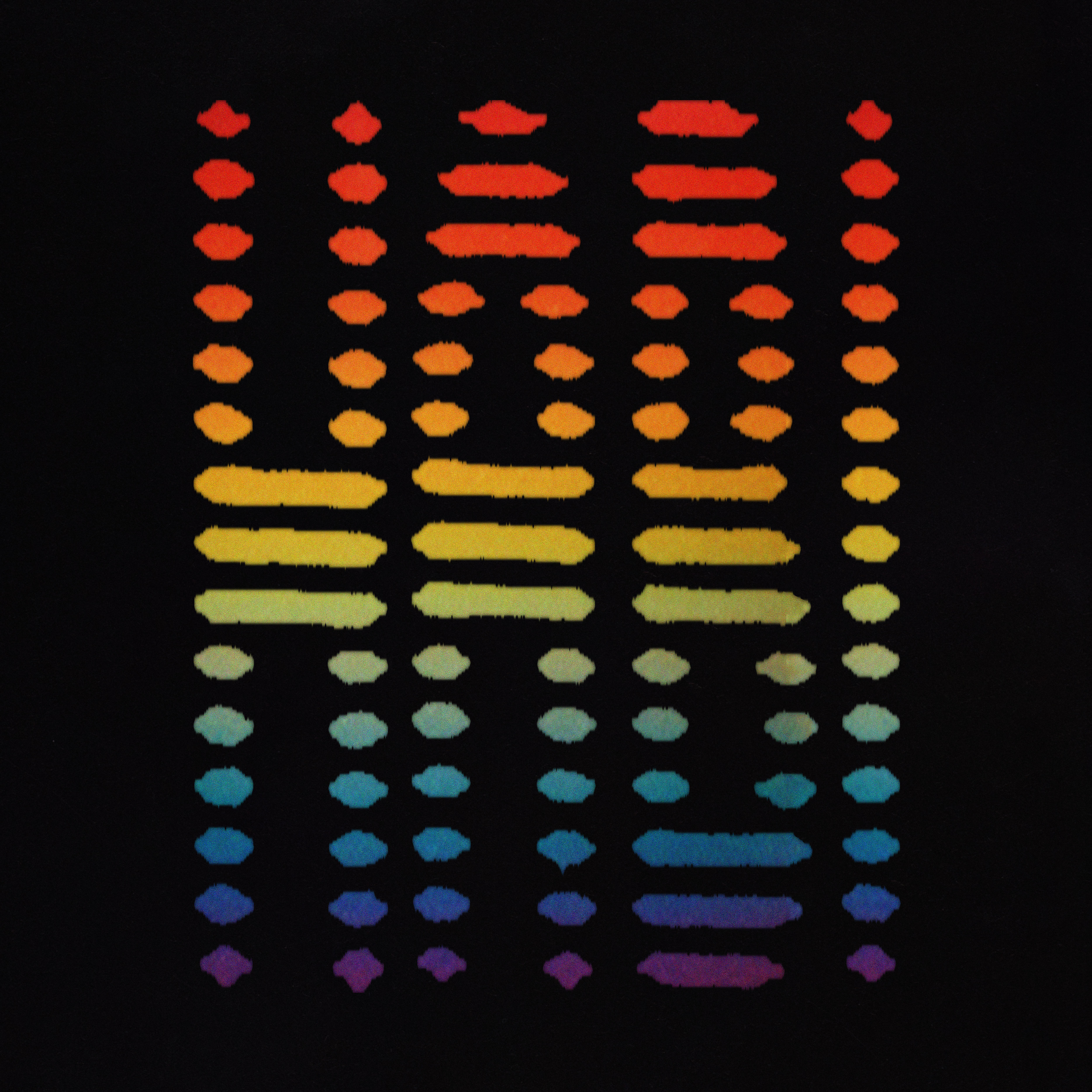The Learning Garden
a collection and garden of thought
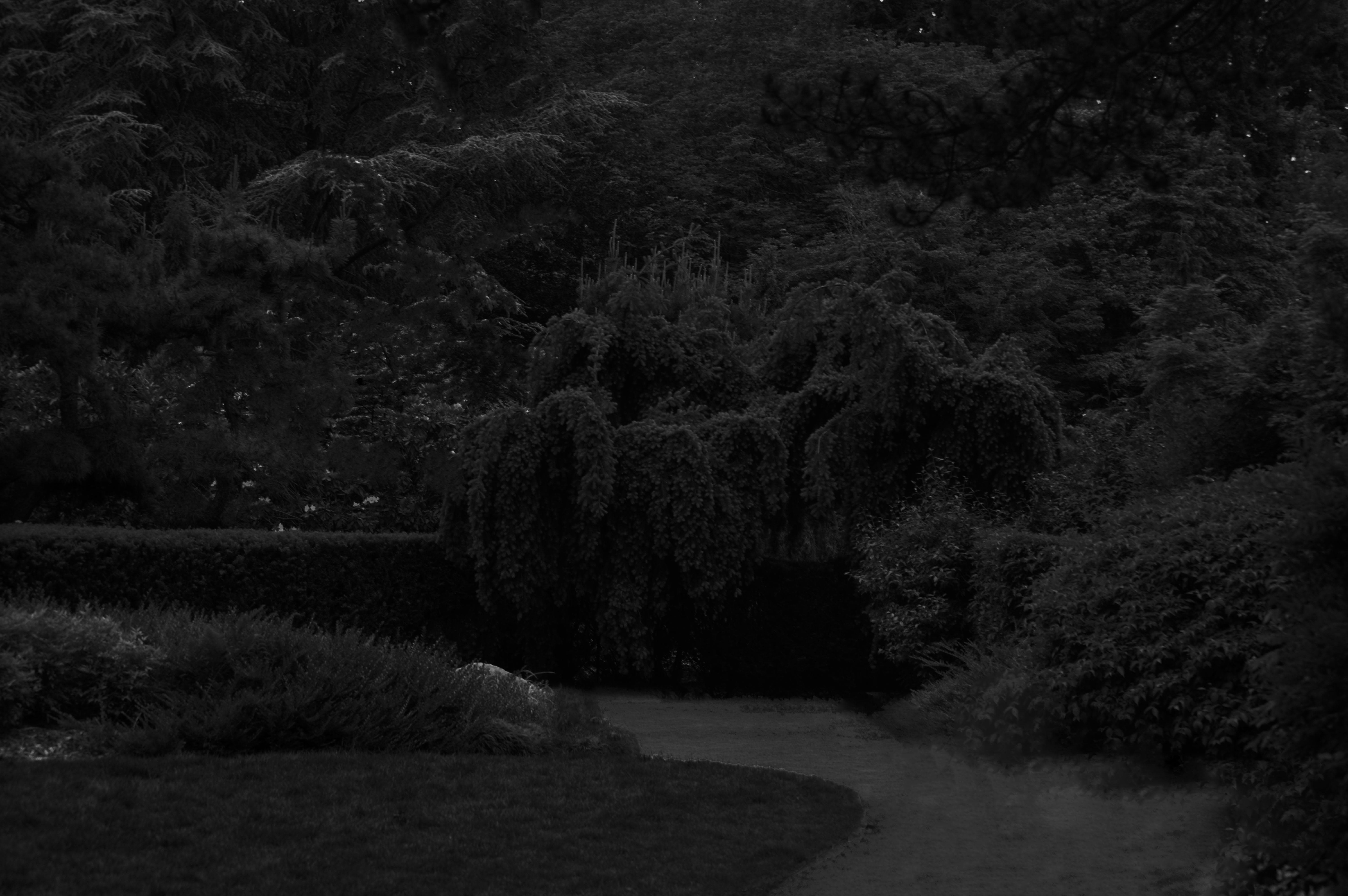

A number of us have observations and questions that can’t be answered by conventional knowledge or ideas where orthodox methods may seem insufficient. In the struggle to feed our natural curiosity, we turn to other means and attempts to “innovate.” It isn’t so much to reject conventional practice rather it’s to inform ourselves about the limitations and inadequacies of existing archetypes. Doing so not only allows us to see them as prototypes3 but we are then able to elevate our knowledge and consciousness about the world we live in
— a perspective that is most apparent in the scientific (design) method (Fig. 1).
The method itself is an iterative process progressing from internal insights to externalizations and back again, for which, design and the creative process should be treated similarly. Habi in essence is the physicality of the process, a platform where my work can be “viewed and reviewed, drawn, and redrawn, construed and reconstrued by (myself) and others,” a peer review of sorts.1
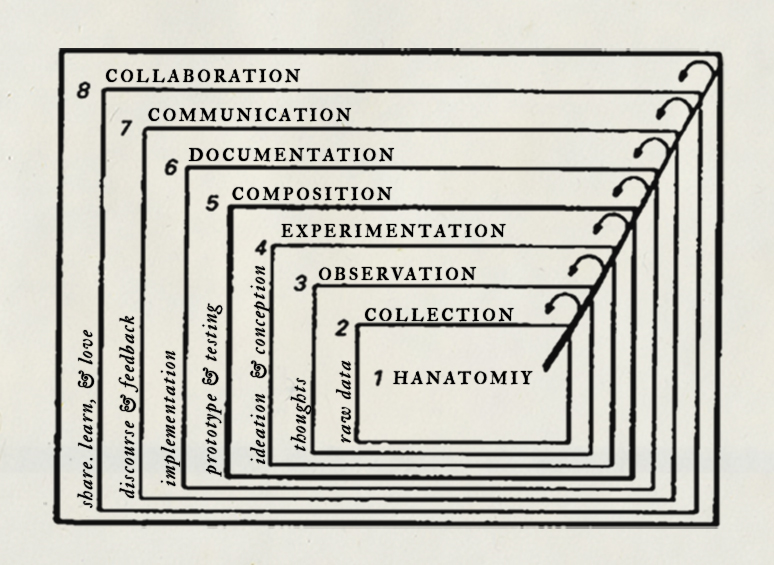
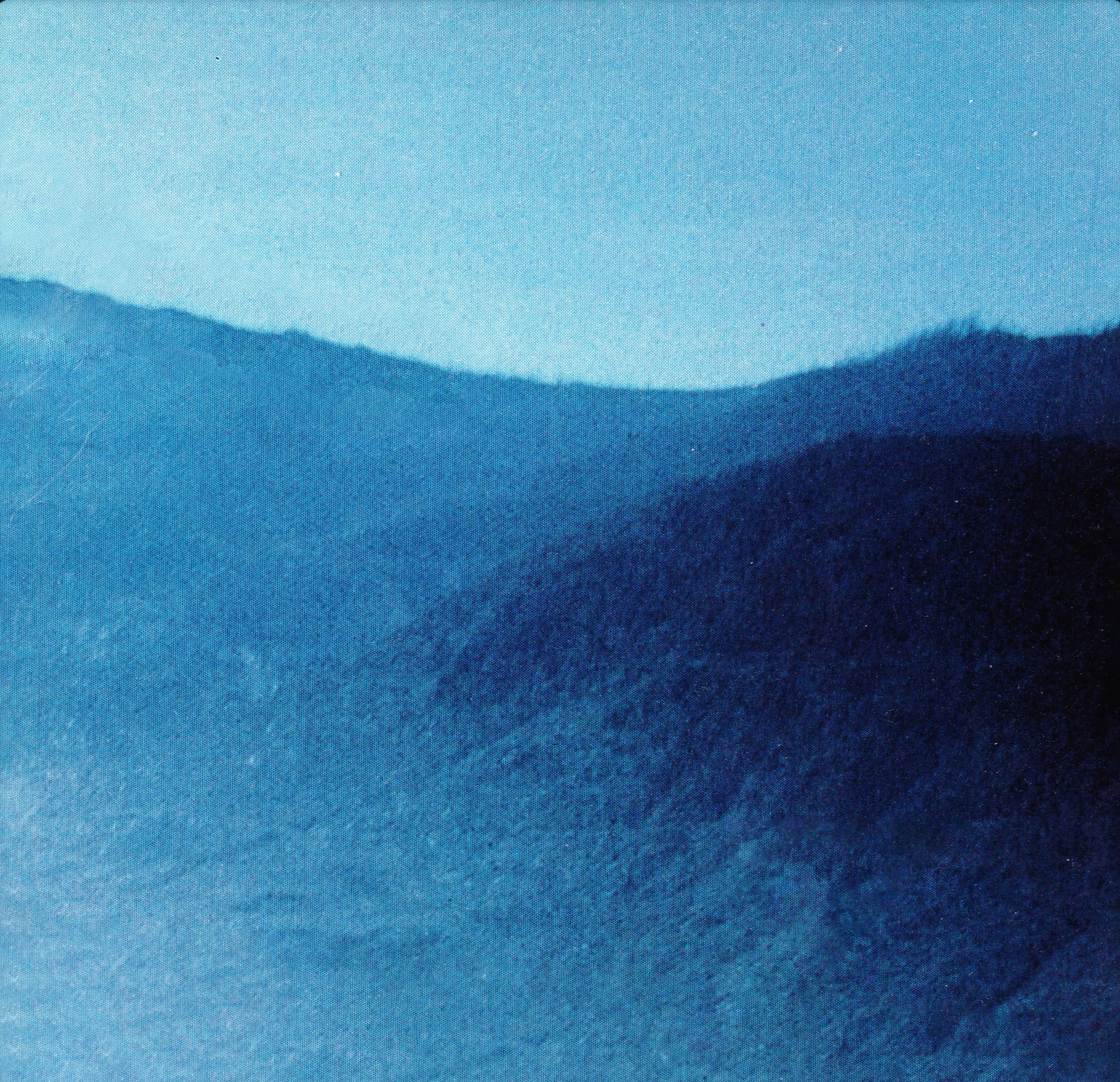
Fluidity in Growth & Learning
We often forget about the complexity
that makes humans truly unique. There is no one attribute that defines who we
are, rather it’s a mixture of our
beginnings, experiences, the places in between and the unknown. Growth and education being an implementation of daily accumulated
knowledge and skills should be established in a way that supports this
complexity: where it may be ignorance that we choose to stay in an individual discipline’s respective center.
The Learning
Garden is the process of studying all disciplines and the borders that
connect them.2 I found that our creativity is most purposeful (if not maximized) when you place yourself in an environment where unreserved exploration and
vulnerability is celebrated.
References of Thought:
1 ON COGNITIVE TOOLS
Cognitive tools shape thought: diagrams in design,
Jeffrey V. Nickerson, James E. Corter, Barbara Tversky, Yun-Jin Rho, Doris Zahner, and Lixiu Yu.
2 ON BOUNDARIES AND CREATIVE METHOD AS SCIENTIFIC METHOD
Copy, Copy, Copy: How to Do Smarter Marketing by Using Other People's Ideas,
Mark Earls
3 ON PROTOTYPES:
Kolorfly,
Shaheen Soofi
4 ON HUMAN IDENTITY
Your Human Identity Is A Subject Of Interpretation. Who Are You?, Dr. Mila Kavoscha
Figure Reference ︎
1 THE HABI PROCESS
Steps of the creative process in Habi based on the steps shown in the Design Method. Link reference on title.
2 THE HABI PROCESS
An illustration of the creative process in Habi based on the image shown in this diagram. Link reference on title.
Experiments
![01-020 — Pattern experiment in Adobe Photoshop]()
![01-011: type and texture were made using Adobe Photoshop.]()
![Experiment 01-003: Water on plastic.]()
![01-016 Adobe Photoshop]()
![Experimentation 01-031: Adobe Photoshop]()
![01-009: Stencil]()
![Experimentation 01-004: Unsuccessful attempt at bleeding printed type with soap.]()
![01-021: Adobe Photoshop and Chalk]()
![01-012: Adobe Photoshop]()
![01-013: Chalk and Paper, Adobe Photoshop.]()
![01-018: Mixed media experiments I did in highschool.]()
![01-008: Type was made using CSS then layered in Photoshop]()
![01-022: Adobe Photoshop]()
![01-018: Mixed media experiments I did in highschool.]()
![01-034: I wanted to created a texture that would allow a thick and vibrant transfer of chalk. So I created this paper out of recycled bond and line paper.]()
![01-018: Handmade Paper using fiber and recycled cardboard and Acrylic Paint]()
![01-016 Adobe Photoshop]()
![01-005: Adobe Photoshop]()
![01-001: Digital and analog type on synthetically aged paper.]()
![01-032: Adobe Photoshop]()
![01-025 — Inkjet and Water]()
![01-027 — Kubota Garden and Adobe Photoshop]()
![01-024 — Adobe Photoshop]()
![01-017: Adobe Photoshop and CSS]()
![01-002: Glue and chalk type on an aluminum sheet texture created in Adobe Photoshop]()
![01-002: Glue and chalk type on an aluminum sheet texture created in Adobe Photoshop]()
![01-002: Glue and chalk type on an aluminum sheet texture created in Adobe Photoshop]()
![01-007: Type was made using css then layered in Photoshop.]()
![01-043 — Baybayin Alphabet]()
![01-043 — Baybayin Alphabet]()
![01-010: Adobe Photoshop and CSS]()
![01-026 — Adobe Photoshop]()
![01-006: Adobe Illustrator and Photoshop]()
![01-006: Adobe Illustrator and Photoshop]()
![01-006: Adobe Illustrator and Photoshop]()
![01-023 — Adobe Photoshop; Inspired by the creatures and planets in #empyrion.]()
![01-023 — Adobe Photoshop; Inspired by the creatures and planets in #empyrion.]()
![01-023 — Adobe Photoshop; Inspired by the creatures and planets in #empyrion.]()
![01-029: Adobe Photoshop]()
![01-029: Adobe Photoshop]()
![01-028: Adobe Photoshop and Illustrator]()
![01-028: Adobe Photoshop and Illustrator]()
![01-033: Adobe Photoshop]()
![01-033: Adobe Photoshop]()
![01-033: Adobe Photoshop]()
